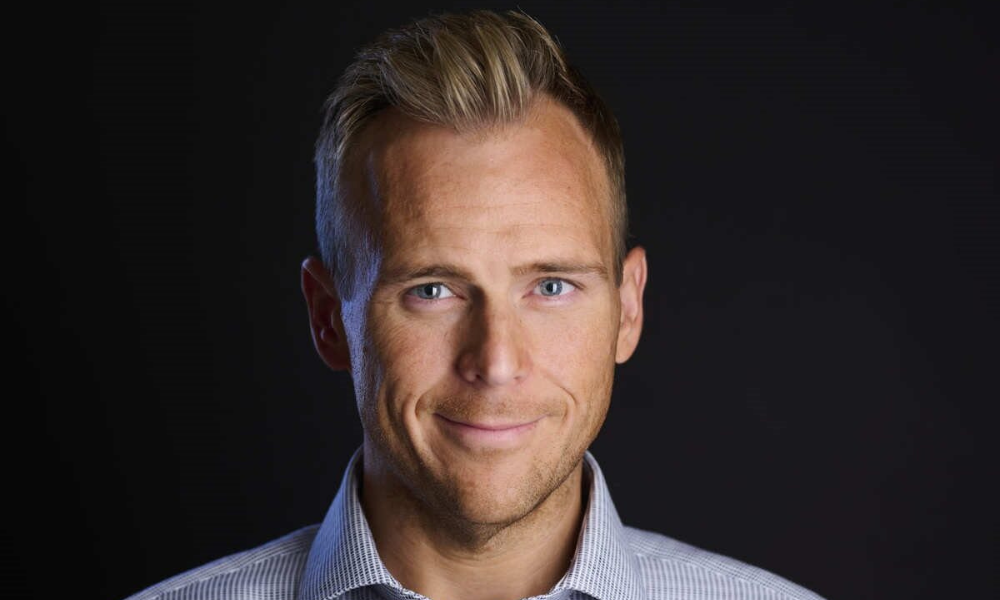The 40-year mortgage is a prominent but contentious option

Kyle Wright (pictured), loan originator and branch manager at American Pacific Mortgage, is no stranger to adapting financial tools to meet the needs of homebuyers and investors, particularly with a focus on affordability.
For Wright, the 40-year mortgage is a prominent but contentious option—presenting both opportunities and pitfalls for buyers navigating today’s unpredictable rate environment. Although it can offer lower monthly payments, Wright said a 40-year loan may not suit everyone.
“We’re seeing a rise in interest in 40-years just because of affordability and the ability to make your monthly payment,” he explained. Yet interest remains limited among those purchasing primary residences. “We’re seeing a lot more 40-year mortgages on investment properties, not as much on primary.”
The key benefit of the 40-year mortgage lies in its ability to reduce monthly payments, stretching them across a longer period, which can potentially allow more borrowers to enter the market. Wright underscored, however, that the secondary market, and particularly traditional lenders, remain hesitant to support these extended loans on primary properties.
The market interest is stronger among “investors [who] have a better understanding of how a 40-year mortgage would work,” Wright said.
For borrowers considering this route, however, Wright is cautious, noting the long-term financial risks associated with the loan. He describes the downsides of extended loans, particularly the delayed build-up of equity and the front-loading of interest costs.
“One of the problems with a 40-year mortgage is that the pre-loaded interest upfront is not allowing them to pay down their balance as quickly as they could with a 30-, 20-, or 15-year loan,” Wright explained. Buyers might initially benefit from smaller monthly obligations, but this arrangement can postpone the opportunity for refinancing or selling, especially in markets where appreciation lags behind interest accrual.
Wright encourages a more tailored approach for borrowers grappling with affordability, often guiding them away from long-term mortgages if he believes it could lead to financial strain. For him, the conversation around mortgage choices is grounded in evaluating a client’s fiscal discipline and capacity to keep up with payments, especially when the loan term reaches 40 years.
“We’re analyzing affordability. Can they make the payment? Can they show financial gusto to find a way to make this work for them?” For those not adequately prepared, Wright advises against lengthening the payment period, which can prevent borrowers from building sufficient equity.
The long-term implications of such loans on the housing market also factor into Wright’s advice. He warns that a broader shift toward 40-year mortgages won’t necessarily improve affordability or ownership rates and could even delay homeownership milestones.
“The real problem is that interest rates are high and home prices have been inflated. I do not think that [a] 40-year mortgage is a solution to those problems.”
With the market pressure on affordability, Wright has been creative in how he maneuvers within the constraints of traditional 30-year mortgages, offering clients alternatives through “how we’re structuring the purchase contract, asking for seller credits to buy down interest rates, and leveraging temporary rate buydowns.” Such solutions allow clients to manage initial costs and acclimate to larger payments gradually.
This adaptability is crucial in an industry that demands both flexibility and market awareness, with Wright attributing his success in this market to being willing to think outside the conventional and FHA box and help his borrowers find the right solutions for their specific needs and long- and short-term goals.
For Wright, the need to be a “one-stop shop” for all client needs has been instrumental in securing his role as a top mortgage lender in the state of Arizona and nationally. The key, he said, is “being the person that provides a variety of financial solutions.”



